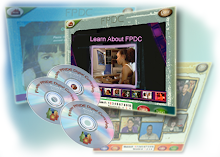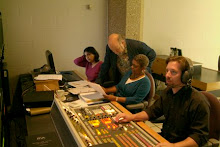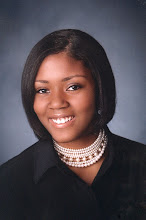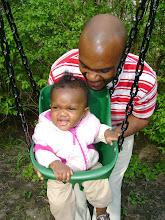
As Online Teaching and Learning (
ONTL) 652: Designing Online Course comes to closure I can’t help but sit in amazement about how much I’
ve learned.
The mantra for class three of this four course sequence is "Analyze and Apply the Strategies."
ONTL 652 brought together the application of active learning theories with the benefits of collaborative learning and the importance of designing a student-centered course. It encouraged designers to use a variety of online tools such as discussion boards,
podcasts,
wikis, and web conferencing to promote student-student, student-instructor, and student-content interactions. The teaching with Technology
Collaboratory Center's article on
"Incorporating Interaction into Your Distance Learning Course," addressed the importance of this design approach. It gave me several straight forward ideas for utilizing various tools and is now one of my "go-to" design resources.
652 reminds instructors of the value of placing content in multiple formats whenever possible and relying on
LMS tools to assist with communication and course management. These tools can make instructor-student communication more effective and efficient, preventing online teachers from becoming overwhelmed by email or post volume.
Giving timely communication and feedback is one of my concerns. So it was refreshing to read, Rita-Marie Conrad of Florida State give some pointers on saving yourself from, "Drowning in Online Interaction." I was worried about managing large numbers of student posts, content questions and technical problems. Her "lifesaving" suggestions have allowed me get a better perspective on the importance of "harnessing" technology effectively to handle student-instructor interaction. Dr. Conrad also encourages instructors to allow time for students to respond to each other. This can be important for community building and teacher sanity.
ONTL 652 is where theory merged with creativity. Understanding constructivist learning is not as important as applying it successfully. It reminds instructors that students come with a wealth of prior experiences which can inform their learning and enhance course interactions. Sharing and applying this knowledge can help students feel empowered in the online environment and their over-all learning experience which can promote student success.
This course also taught me that one of the most important acts of an online instructor is ensuring the online community is well constructed from day one. I think this is easier to accomplish if a course sequence is based on the “cohort” model. Hearing familiar “online voices,” from past classes can bring a level of comfort, especially with collaborative projects and peer feedback assignments.
Though I found
ONTL 652 the most challenging so far, I believe it has prepared me for the final class in the sequence,
ONTL 653: Producing Digital Content. I now recognize that creative design ideas should be based on tested learning theories, sound online pedagogy, and an understanding of student-centered learning. Like the online students I plan to teach, I have been empowered.








